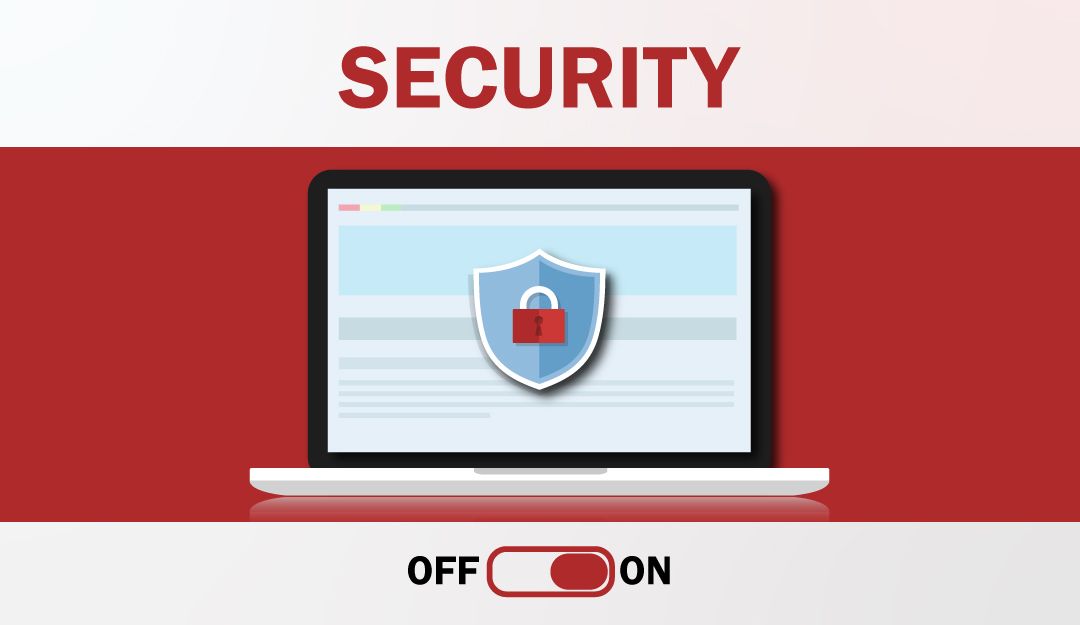Simplifying Your Access with Single Sign-On (SSO)

Accessing different applications and systems within an organization can be a hard process, particularly when each application requires a separate login. Managing multiple usernames and passwords for various systems can be challenging for users and time-consuming for IT administrators.
Inefficient login processes can lead to decreased productivity and security risks, particularly if users resort to using weak or duplicate passwords. That's where Single Sign-On (SSO) comes into play. SSO simplifies the authentication process by allowing users to log in once and gain access to multiple applications without the need to re-enter their credentials. In this blog, we'll explore how SSO can simplify your access to different applications and systems, improve security, and enhance productivity.
What is Single Sign-On (SSO)?
Single Sign-On (SSO) is a centralized authentication mechanism that allows users to log in once and gain access to multiple applications and systems without the need to re-enter their credentials. With SSO, users don't need to remember multiple usernames and passwords for different applications. Instead, they only need to log in once, and the system authenticates them across all the applications and systems they have access to.
Explain how Single Sign on works
Single Sign-On (SSO) works by using a centralized authentication mechanism to handle the user authentication and authorization process. When a user attempts to access a protected resource, such as an application or website, they are redirected to a login page that is hosted by the SSO provider.
Once the user enters their credentials, such as their username and password, the SSO provider authenticates the user and generates an authentication token or session identifier.
The authentication token or session identifier is typically passed between the applications or systems using a standard protocol such as Security Assertion Markup Language (SAML) or OpenID Connect (OIDC). When a user attempts to access a protected resource in another application or system, that application or system will redirect the user to the SSO provider's login page. The SSO provider will then check if the user has already been authenticated and if so, it will generate a new authentication token or session identifier and pass it back to the user's browser. The browser can then use this token to access the protected resource without the need to re-authenticate.
What are the benefits of using Single Sign On
Companies like Google, Microsoft, Facebooks are already using the concept of Single Sign On Mechanism. Here the single login is more than enough to log in to multiple services and application hosted by those companies.
SSO offers several benefits to users and organizations, including improved security, reduced password fatigue, and simplified user management. With SSO, users only need to remember one set of credentials, which can be more secure than using different passwords for each application. SSO also makes it easier for IT administrators to manage user accounts and access rights, as they only need to manage one set of credentials for each user.
By providing a centralized mechanism for managing user access to different systems and applications, SSO can help organizations streamline their authentication and authorization processes and improve overall efficiency.
How Safe is Single Sign On (SSO)
The idea of sharing your privacy information to a third party SSO provider is bit uncomfortable. What if we trust the SSO provider and they are unable to keep their words. What if all the trust goes to vail and you loose all the authentication mechanism. In reality, the case is not like that, your single sign-on provider doesn't share a lot with services - it gives away only a limited piece of information about you. Trustworthy SSO provider always notify you about the amount of information they are going to share with the services or applications.
As a user you also need to consider couple of things to make SSO secure. First create a strong password with at least eight characters, capital letter, numbers and symbols. Such passwords take long times to get cracked, Next you can use multiple type of authentication mechanism like USB tokens, fingerprints or multifactor authentication to secure you access.
As all the enterprises and organizations are facing the problems of authentication management, Single Sign-On (SSO) is an essential tool that simplifies the authentication process, improves security, and enhances productivity. By implementing SSO, organizations can simplify user access, streamline user management, and improve compliance. Organizations should evaluate SSO solutions, plan for SSO implementation, and follow best practices for SSO deployment, considering factors such as security, scalability, ease of use, and compatibility with existing systems when selecting an SSO solution.
If you are looking to simplify your organizations' authentication process, to enhance your productivity and security, OM Networks can help you. Our team of expert will provide you complete guidance in choosing the right SSO Solution and implement for your organizations.




Comments ()